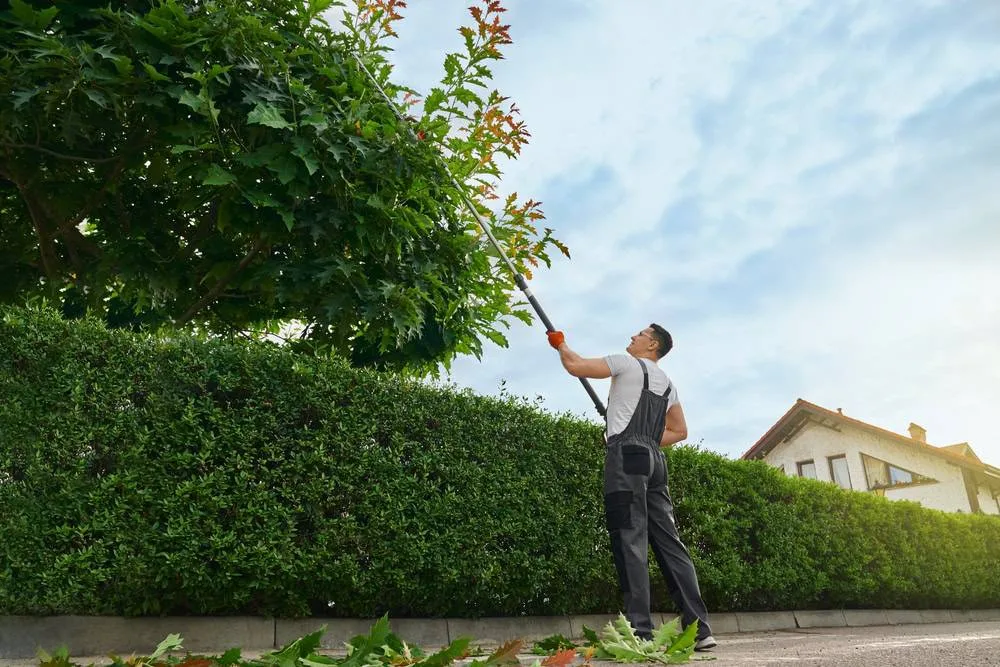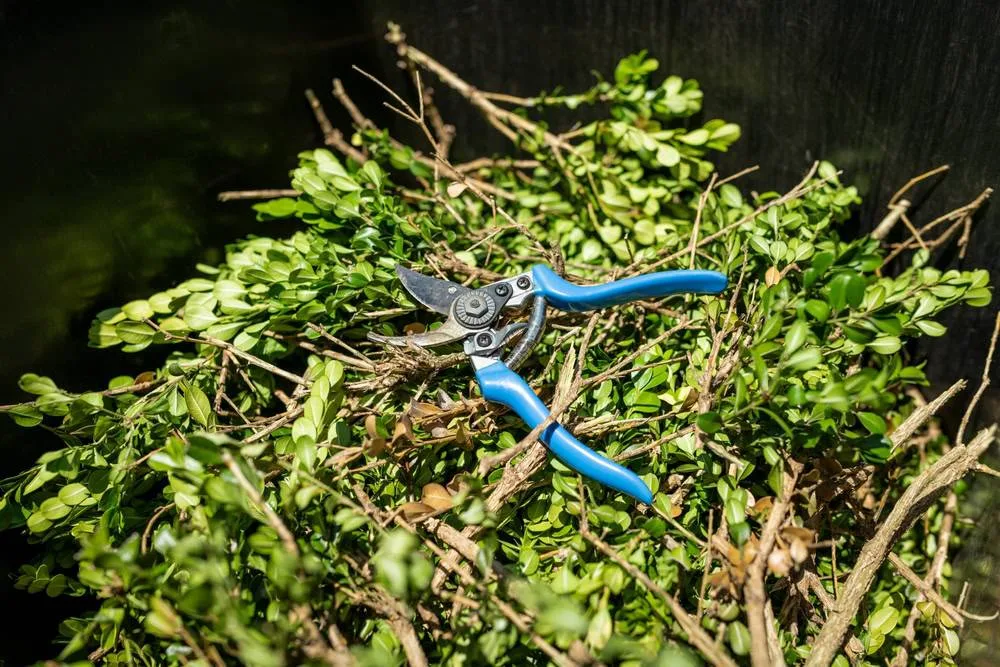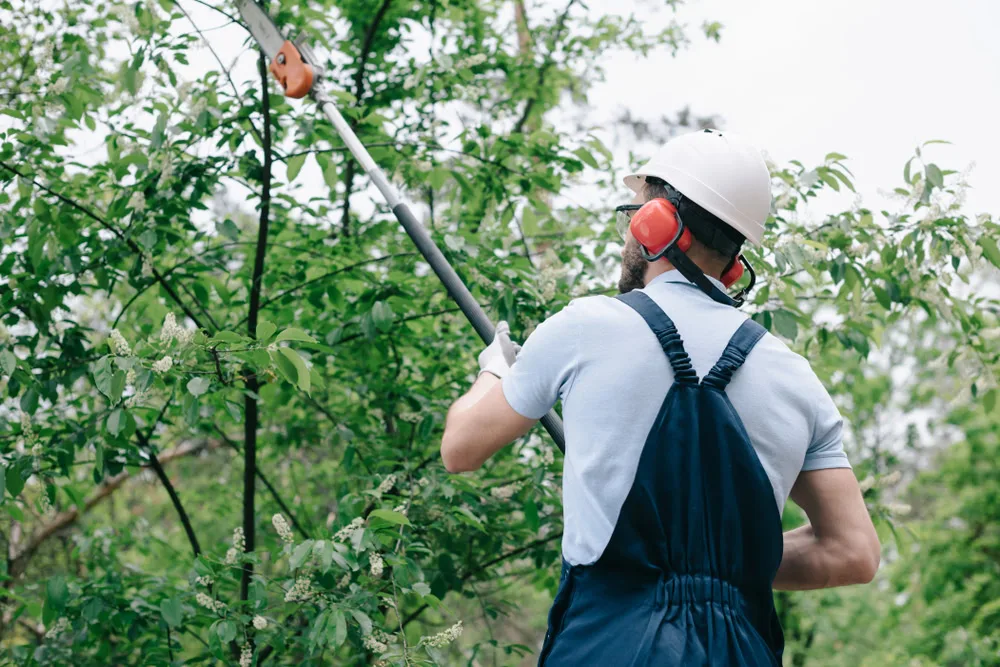Tree Trimming in Hewlett Harbor, NY
Safe, Professional Tree Care That Protects
Licensed arborists who understand Long Island trees and keep your property safe year-round.

Hear from Our Customers

Professional Tree Care Services
You get peace of mind knowing those overhanging branches won’t come down in the next storm. Your trees look better, your property value stays protected, and you don’t have to worry about liability issues from damaged or overgrown trees.
Professional tree trimming means your trees get the right cuts at the right time. Not the hack job that weakens them or the neglect that lets them become hazardous. Your landscape looks intentional and well-maintained, not like something that just happened to grow there.
When you work with certified arborists, you’re investing in the long-term health of your trees and the safety of your property. No more wondering if that branch is going to fall. No more neighbors complaining about overgrowth. Just healthy trees that enhance your home instead of threatening it.
Hewlett Harbor Tree Experts
Green Light Tree Services has been serving Hewlett Harbor and the surrounding Long Island communities for years. We understand how coastal weather, salt air, and seasonal storms affect local trees.
Our team consists of licensed arborists who’ve seen every type of tree problem Long Island can throw at you. From storm damage cleanup to routine maintenance, we handle tree care with the expertise that comes from doing this work day in and day out.
Fully licensed and insured, Green Light Tree Services focuses on doing the job right the first time. No shortcuts, no surprises, and no leaving you to clean up the mess.

Tree Trimming Process
First, we assess your trees and identify what needs attention. Dead branches, overgrowth, structural issues, or storm damage – we’ll walk you through what we see and why it matters for your property’s safety.
Next comes the actual trimming work. Using proper arborist techniques, we make clean cuts that promote healthy growth while removing problem areas. No topping, no random hacking – just strategic cuts that improve your trees’ health and appearance.
Finally, we handle complete cleanup and debris removal. You don’t get stuck with a yard full of branches and leaves. The job site gets cleaned up so you can enjoy your improved landscape right away.

Ready to get started?
Complete Tree Maintenance
Tree trimming includes crown reduction to manage size, dead branch removal for safety, and selective pruning to improve structure. The service also covers emergency tree work when storms damage your trees or create immediate hazards.
In Hewlett Harbor, mature trees often need specialized care due to their size and proximity to homes. Professional arborists understand how to work around power lines, structures, and neighboring properties without causing damage or creating new problems.
The service includes proper disposal of all debris, so you don’t have to worry about what to do with branches and leaves. Everything gets cleaned up and hauled away, leaving your property looking better than when we started.
